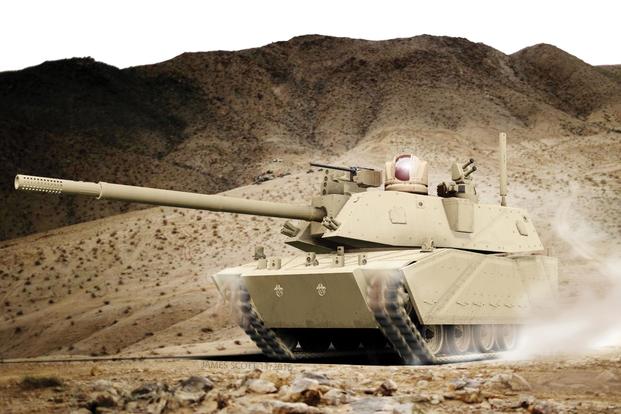U.S. Army leaders are now scouring the country to find a city with the right mix of academics and business leaders to stand up the service's new Futures Command.
In roughly three months, Army leaders hope to choose a location from 30 potential cities in an intensive screening process, Under Secretary of the Army Ryan McCarthy told an audience at the 9th Annual "Dense Programs" Conference, sponsored by McAleese and Associates.
"This isn't like a standard basing decision for where you put a brigade combat team," McCarthy said. "We need to have access to academia and business."
The command, he said, will build relationships with these outside leaders and take advantage of their insights.
Related Content:
- Army Leaders to Create New Command to Fix Modernization Woes
- Army Generals Discuss Next-Gen Combat Vehicle, Helicopter
- Army Vows to "Re-imagine" How It Works with Innovative Firms
The Army hopes to have "initial operating capability" for the new command by this summer, McCarthy said. He said the service wants a location for the command by then as well.
McCarthy launched a special task force in October to stand up the new command, which will be at the forefront of a sweeping acquisition reform effort designed to consolidate the complex processes of Army modernization.
The command's modernization work will be conducted through "cross-functional teams" that focus on each of the of the Army's six modernization priorities: long-range precision fires, next-generation combat vehicle, future vertical lift, a mobile and expeditionary network, air and missile defense capabilities and soldier lethality.
The task force is "teeing up options" for Secretary of the Army Mark Esper and Army Chief of Staff Gen. Mark Milley this week, which will include the 30 cities being considered for Futures Command headquarters, McCarthy said. He would not name the cities being considered.
Army officials continue to be tight-lipped about the massive reform effort. But the service plans to reveal details at the Association of the United States Army's winter meeting in Huntsville, Alabama, March 26-28, McCarthy said.
Aside from choosing the city for the new command, Army leaders are trying to build relationships with academics in these potential locations.
"We are trying to get them to be excited about working with us," McCarthy said. "It's a culture that they don't necessarily have an affinity to, so we want to get them to be comfortable to us."
The command will also have a light presence in a building that will be most likely leased for the next decade, McCarthy said.
"It's not going to be like an 800-person command," McCarthy said. "It is going be much smaller ... a couple floors in a high-rise as opposed to a massive building that we own."
-- Matthew Cox can be reached at matthew.cox@military.com.










